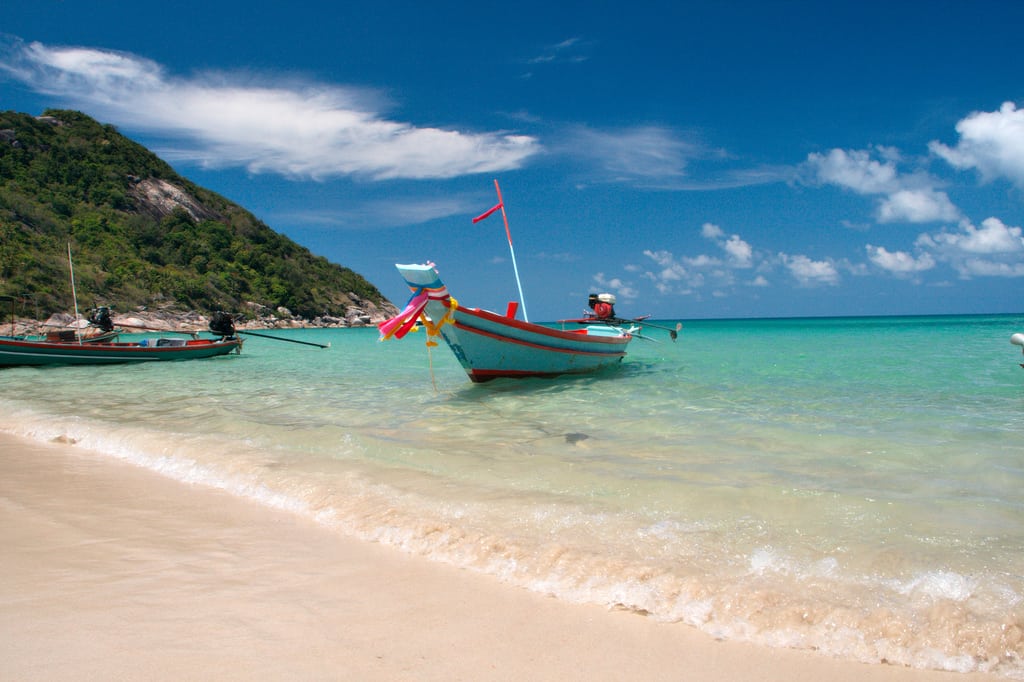U.S. Travelers Will Dominate Tourism Spending in Asia-Pacific Through 2020

Skift Take
It's impressive how much U.S. travelers will spend in Asia-Pacific, trouncing even China--the world's largest outbound travel market--in their own backyard.
U.S. travelers are the top spenders on travel in the Asia-Pacific region, having spent some $231.6 billion there in 2015, and it appears their lead position will remain the status quo for the foreseeable future.
That's according to a report from the Pacific Asia Travel Association, which analyzes international travel and tourism trends in the Asia-Pacific region. It projects that U.S. travelers will spend more than $257 billion in the region by 2020, taking 28.1 percent market share. Compare that to Chi
